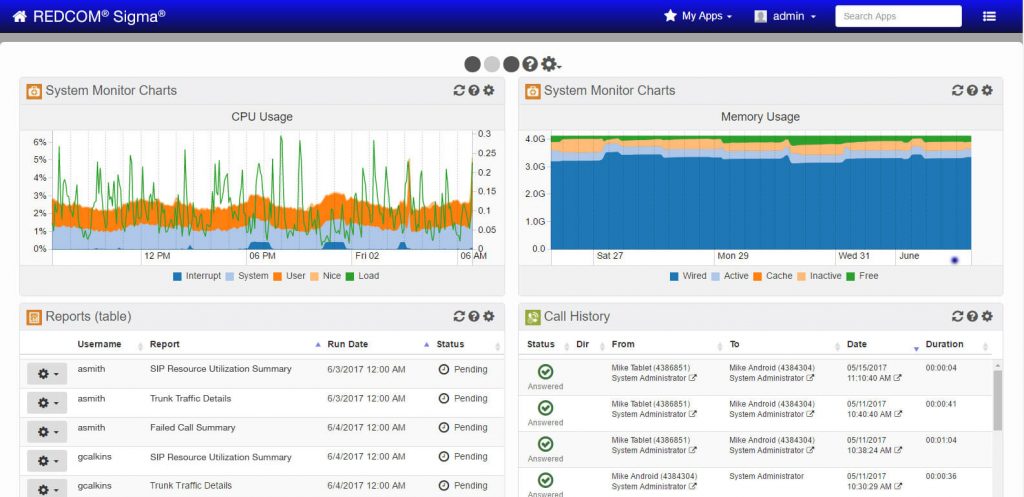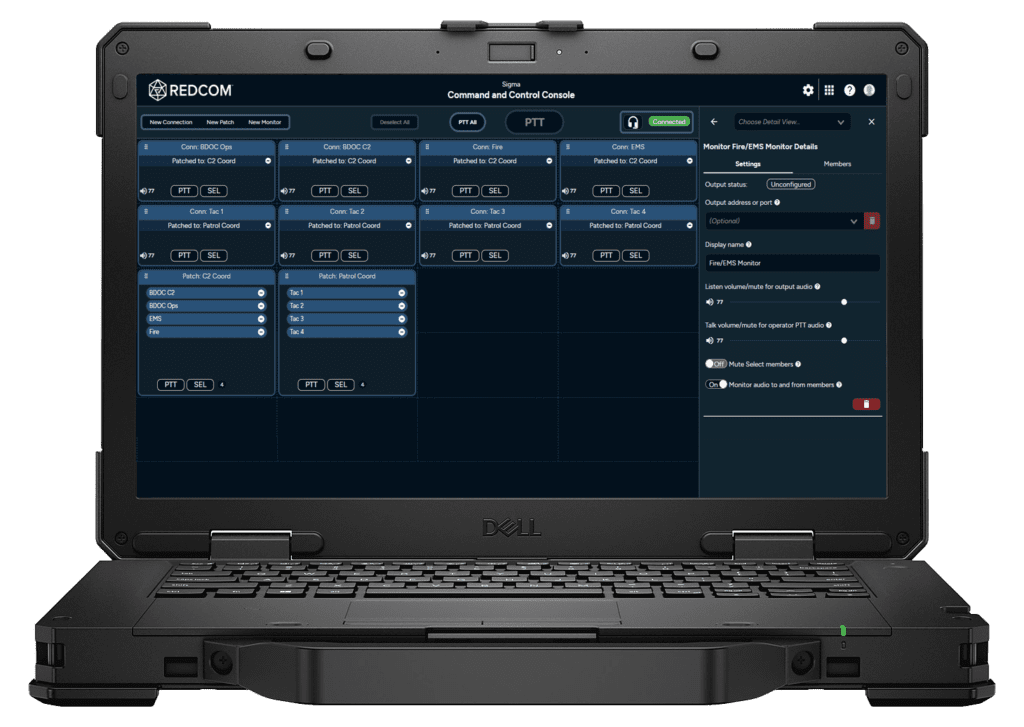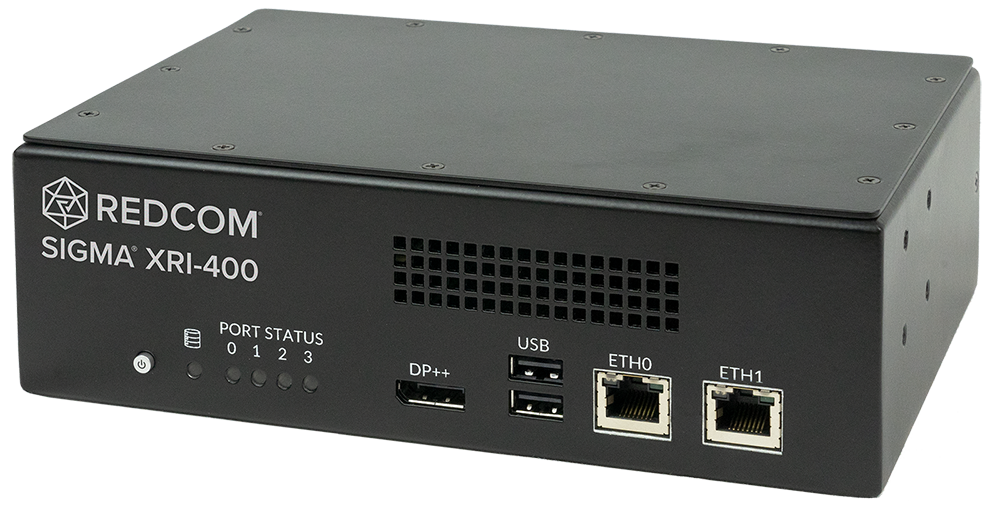What is Interoperability?
Interoperability is the ability of two or more devices, systems, or networks to communicate with each other. To claim interoperability as a strength within a communications product is to say that a product or solution set is flexible and able to speak multiple languages.
The Interoperability Challenge
Industries that rely on communications — first responders, government agencies and military forces, to name a few — need a network that allows end devices from varying manufacturers with different operating systems to be seamlessly connected.
In many instances, organizations will run into interoperability issues because vendors have created and implemented proprietary interfaces within their products. If two or more devices from multiple vendors are connected to the same network medium, and only one is able to communicate its full feature set via proprietary methods, interoperability is simply not possible. In addition, this often traps customers into a single vendor’s closed ecosystem. When a system or sub-system is built around proprietary methods, enhancements or needed functions offered by adjunct products become difficult, if not impossible.
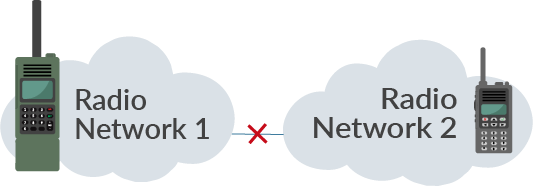
Finding a means to bridge the gap between disparate networks is a common challenge. Networks may include IP, TDM (PSTN), radio, analog, wireless, and more — each with their own unique way of handling and transporting their respective signaling and media. Further compounding the problem is the varying security levels and formats between these networks. Solutions that require multiple “boxes” to solve these challenges become expensive, heavy, power-intensive, and cumbersome to manage.
Our solution, the REDCOM Sigma XRI, solves these interoperability challenges in a small 2.6 lb MIL-spec box. Sigma XRI is a full-featured C2 platform; radio users can communicate directly with users on any SIP endpoint and can be controlled and patched together on-the-fly via the REDCOM C2 Console app.
Achieving Interoperability
To achieve interoperability, REDCOM believes in employing interfaces and protocols that are open and well-defined. For example, internet-based connections are built from open and publicly available rules defined by the Internet Engineering Task Force (IETF). REDCOM products that connect to the PSTN meet the requirements set forth by the FCC. Taking this open standards-based approach to design ensures interoperability with the greatest number of third-party equipment and all the features that come along with them.
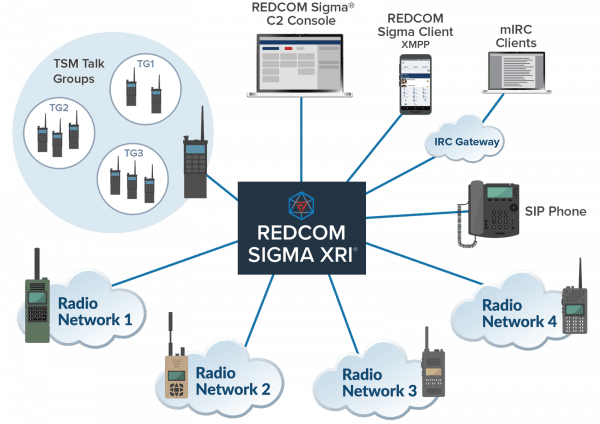
Interworking between disparate protocols and network mediums is a key component of interoperability. This is something that REDCOM has worked hard to excel in. In fact, REDCOM is able to connect the latest mobile devices to a WWII era field phone. Translations between network mediums, security levels, endpoints, and others can often be handled by a single box, further helping to reduce SWaP.
REDCOM has made a commitment to interoperability by dedicating resources to testing with third-party equipment. This effort not only validates that a product will work as intended when deployed in the field, but also provides important information to help drive product strategy with respect to the next generation of communications.
